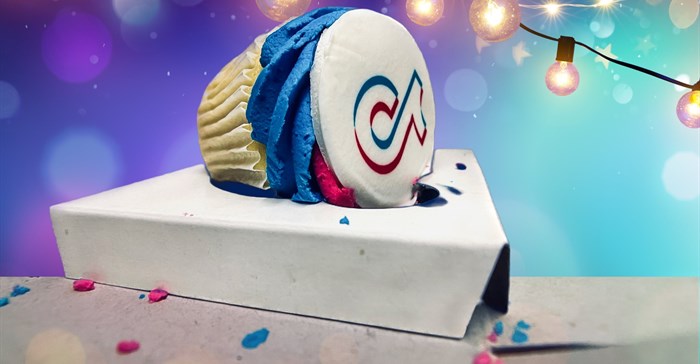
TikTok, the popular video-sharing app, has become a global phenomenon with over 1 billion monthly active users. The app leverages AI to enhance content recommendations by tracking user behaviour, as well as to help with content moderation.
While these two use cases help the company to run lean, there are still costs incurred for human moderation and infrastructure.
Like many other large-scale online platforms, every time a user makes a search request, uploads a video or engages with a post, it costs TikTok money to provide the compute power and storage space to execute the action.
According to an analysis by Trembit, TikTok’s monthly infrastructure costs are roughly estimated to be around $8m.
While this cost can seem small, the analysis used a minimum data set, compute costs increase significantly when users are watching or streaming live, for instance. And because it offers the app – and a suite of AI-assisted video editing features – for free, the money needs to come from somewhere.
TikTok is a private company, so it does not disclose its financial details publicly. However, some estimates suggest that the app made around $34.3bn in revenue in 2020, up from $7bn in 2019.
With its growing user base and diverse revenue streams, TikTok is expected to continue its rapid growth in the coming years.
The company makes revenue on platform in six primary ways:
TikTok for Business: This service launched globally in June 2020 to allow brands to advertise their products and services on the app. The service launched in South Africa in 2021 and is experiencing major growth.
“Brands can convert their accounts to business accounts and then choose to either self service or have TikTok manage the service for them,” explains Greg Bailie, global business solutions sales lead for TikTok Sub-Saharan Africa.
“With the managed service, we partner the brands with creators to make highly engaging content that is native to the platform. We’ve seen the best results when creators post organically and brands promote it from there.”

Bailie says that the self serve product is intended for SMEs and is priced as low as R95 per day. He had no explicit objections when asked if big corporates could spend the bare minimum, but would also not divulge the details of that minimum required spend.
In-app purchases: TikTok also earns money through in-app purchases. Users can buy virtual coins and use them to tip their favorite creators or access premium content.
Creator commissions: TikTok takes a cut from the earnings of creators who monetise their content on the platform. Creators can earn money from tips, sponsored posts, live streams, and brand deals (TikTok for Business leverages creator partnerships like Level Up to service the brand deals).
Branded hashtag challenges and effects: These interactive campaigns encourage users to create and share videos using a specific hashtag and effect related to the brand.
Shop commissions and fees from subscriptions: The app allows users to shop for products featured in videos or live streams through its e-commerce feature. TikTok also offers subscription-based services such as TikTok Pro and TikTok Creator Marketplace.
Music royalties: TikTok pays music royalties to the artists and labels whose songs are used in the videos on the app, but also folds music promotion into its campaign offerings.
TikTok is only beginning to flex its monetisation muscles and has a lot of ground to cover if it wants to catch up to YouTube and Meta’s family of social media platforms. Instagram and Youtube are particularly profitable because of legacy relationships with advertisers and well-known business tools.
Reels, Instagram’s TikTok clone, is still a more lucrative option for many advertisers because it plugs directly into a pre-existing inventory of sales channels. Users are also accustomed to shopping directly in app, which means the metrics and data are easy to present to prove the value.
Individual creators and influencers, however, have a much better time making money on TikTok because brands aren’t familiar with the platform dynamics.
“When looking at brands, Reels received higher engagements and we speculate that’s due to the presences they’ve established and cultivated for significantly longer than on TikTok,” Justin Kline, co-founder of Markerly told Bloomberg.
“TikTok made its name on authentic, fun and creative content led by real people, so it’s no surprise that individual users still win out against brands on the app — TikTokers come to see dance challenges, songs and pranks, not overtly branded content.”
There were no dance challenges at TikTok’s local games night. It was a carefully concealed sales pitch to show the SA media the true strength of the platform. TikTok is ready to make money.
